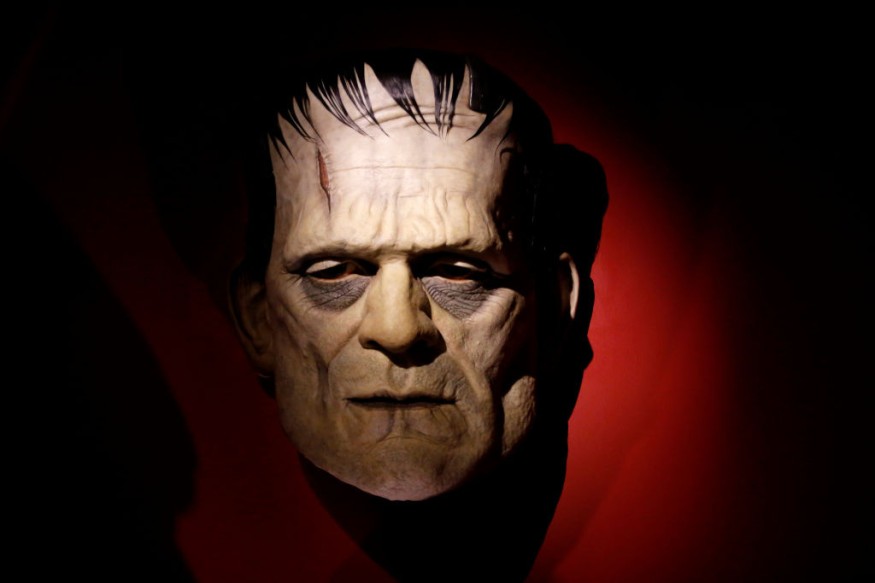
People love tales of monsters, from gigantic hairy creatures like Bigfoot to creepy vampires and strange fish-men. But how many of these creatures could actually exist in real life? Recently, a panel called "Ack, Real Monsters" gathered experts to discuss the science behind these mythical beings and explore how some real animals might inspire our favorite monsters.
According to Tina Hesman Saey, a geneticist and writer, one key feature is size. A creature must weigh at least 220 pounds to be considered a monster. Smaller creatures just don't seem scary enough, explained Bethany Brookshire, another expert.
Frankenstein's Monster
Frankenstein's monster is one of the most famous creatures in literature. Created by Victor Frankenstein from different body parts, this monster is brought to life with electricity. Although electricity can make muscles twitch, the experts confirmed that it is impossible to bring a creature to life in this way, Life Science reported.
They noted that if someone tried to mix and match body parts, the creature's immune system would reject them. This means that a monster like Frankenstein's would need to live in a special bubble to survive!
Vampires are another well-known monster, often seen as glamorous and charming. However, Susan Milius, another panelist, pointed out that if vampires acted like real blood-sucking creatures, they would not seem as appealing.
In reality, they would have to urinate while feeding on blood, much like mosquitoes do. This less-than-glamorous detail shows how different real-life "monsters" can be.
Nature's Real Zombie-Maker Unveiled
Perhaps the most surprising "monsters" discussed were real-life zombies. Kali Holder, a veterinary expert, described how certain parasites can control animals' brains, turning them into mindless creatures that follow orders. For example, a parasite called the lancet liver fluke makes ants climb high grass blades so they can be eaten by sheep, where the fluke completes its life cycle.
As the panel wrapped up, the audience wondered what new monsters might appear in movies and stories. Some experts suggested Bigfoot, while others mentioned the potential for creepy fungi or more sea monsters like the fish-man in the film "The Shape of Water."
While fictional monsters capture our imagination, the real world is filled with strange and fascinating creatures that can be just as terrifying, according to the BBC. Understanding the science behind these monsters helps us appreciate the wonders of nature, showing that sometimes, truth is stranger than fiction.
© 2025 NatureWorldNews.com All rights reserved. Do not reproduce without permission.





